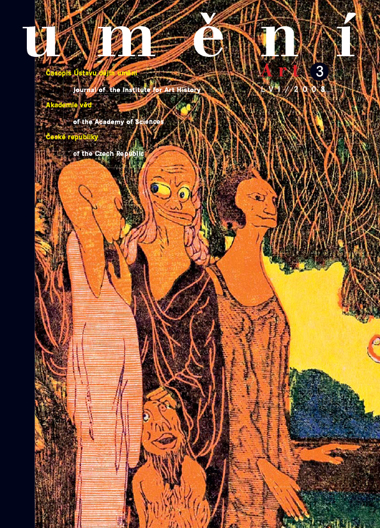Blanka Kubíková
Interpretace dvojportrétu Marie Manrique Pernštejnské de Lara s nahým dítětem. Pozdní dílo Jakoba Seiseneggera?
A dual portrait from the Lobkowicz Collections in Prague, depicting Marie Manrique de Lara with her son Jan as a very young child, is unique among the 16th-century portraits that have survived in the Czech Lands, and it is its iconography that makes it so. The child is depicted naked and the entire image in all likelihood was conceived as a crypto-portrait of the Virgin Mary. However, in the context of European painting, although there is evidence of the existence of this tradition in other European countries, this type of image is mainly encountered in a Habsburgian context. The motivation for commissioning this work was probably the birth of the heir to the estate and the confirmation of dynastic continuity. We often find this function in crypto-portraits of the Virgin Mary. However, this representative dual portrait, most likely one of the family's marital portraits, also makes a strong statement about the elite social standing of the family within narrower dynastic circles, and about Vratislav of Pernštejn's membership in the exclusive society of the Order of the Golden Fleece. It very clearly expresses the Catholic position of the Pernštejn couple, in a situation where the Catholic Church had already denounced some of their close family members as heretics by the Catholic Church. The dual portrait is probably also a significant contribution to understanding the works of Jakob Seisenegger, because is very likely a later work by him, dating from 1561-1562, and thus may have been created around the same time as his portrait of Vilém of Rožmberk.
Full-text in the Digital Library of the Czech Academy of Sciences:
https://kramerius.lib.cas.cz/uuid/uuid:2ddc7757-6265-e711-f7d4-413f66b52723
< back

